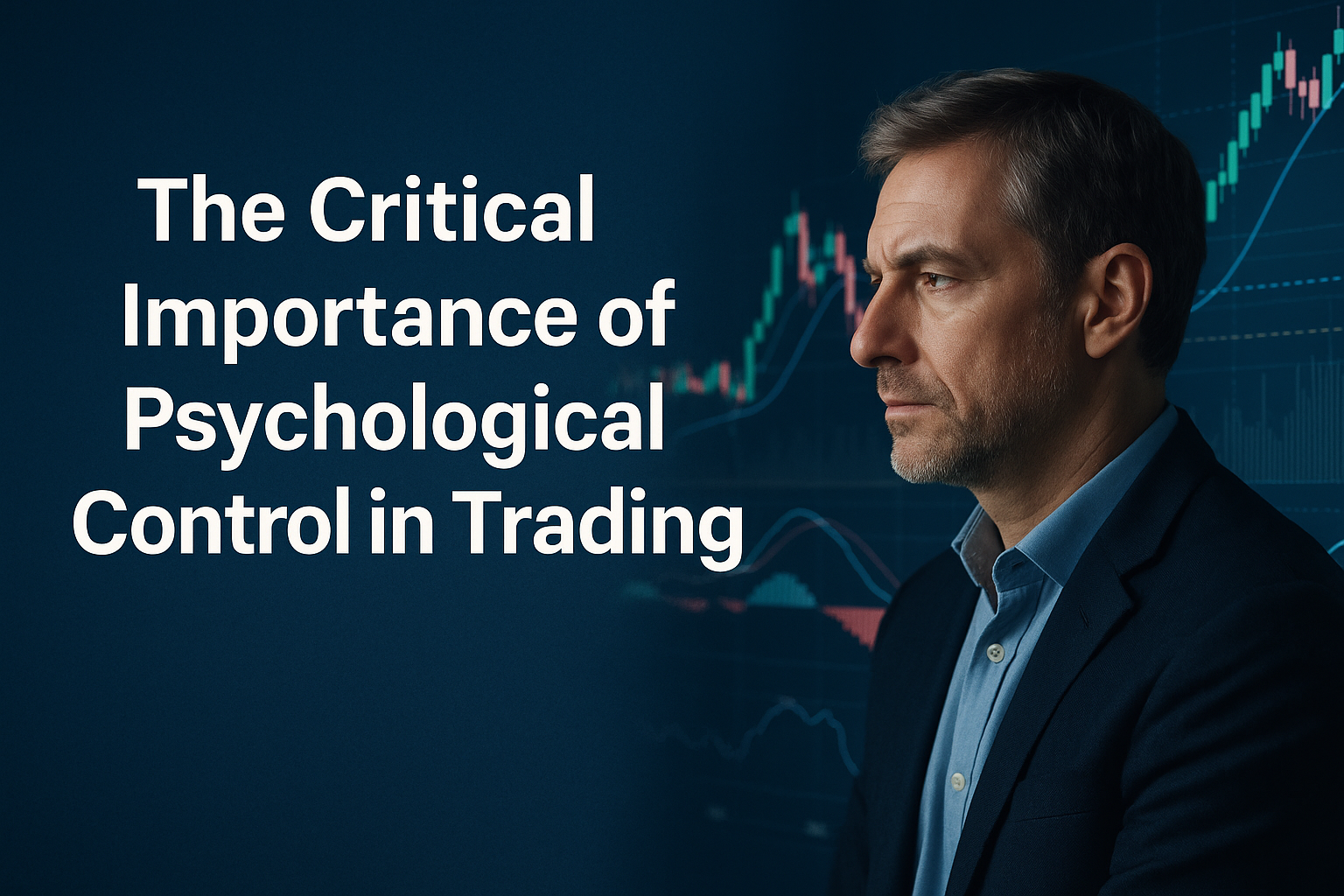
Why You Must Have a Proven Trading Strategy with a Strong Edge Before Going Live
As someone who has spent many years navigating the financial markets, I can say with absolute confidence: trading without a well-defined, backtested strategy is like sailing without a compass in a stormy sea. The excitement of live trading can be tempting, but entering the market with real money before establishing a solid system is one of the quickest ways to lose capital and confidence.

The Importance of a Trading Edge
At the heart of every successful trader is one key component: an edge. A trading edge is what gives you a statistical advantage over the market. It’s what tilts the odds in your favor over a large sample of trades. Without it, you’re gambling, not trading.
This edge might come from:
- A unique price action pattern
- A statistical anomaly
- A specific reaction to news or earnings
- An algorithm or indicator combination you’ve developed
But having a theory isn’t enough — you must prove it.
Risk-Reward Ratio: The Core of Strategy Profitability
Many traders obsess over win rate, but the risk-reward ratio (R:R) is often more important. A strategy that wins 40% of the time with a 1:3 R:R can be more profitable and sustainable than one that wins 70% of the time with a 1:1 R:R.
High R:R setups allow you to grow your account while surviving inevitable drawdowns. They also reduce the psychological pressure that comes from needing to be “right” often.
Backtesting: Your Strategy’s Safety Net
Before risking a single dollar, your strategy should be backtested over a significant amount of historical data — ideally several years and across different market conditions (bullish, bearish, sideways). This does two things:
- Proves Viability – It confirms whether your edge holds over time and across various scenarios.
- Builds Confidence – When you’ve seen your strategy survive past volatility, you’re less likely to abandon it during real-time drawdowns.
Backtesting should include:
- Entry and exit rules (clear and objective)
- Risk management parameters (fixed % risk per trade)
- Trade frequency and holding times
- Performance metrics: win rate, average R:R, drawdown, expectancy
Forward Testing and Demo Trading
After successful backtesting, the next step is forward testing in a demo account. This phase validates your edge in live market conditions, including slippage, spreads, and real-time execution. It also helps you develop the discipline to follow your plan without emotional interference.
Don’t Trade Real Money Until You’re Ready
Too many traders jump into live markets hoping they’ll “figure it out as they go.” The market is unforgiving to the unprepared. Trading is a performance game — and every performance must be rehearsed.
The proper sequence should look like this:
- Develop your strategy
- Backtest thoroughly
- Demo trade with discipline
- Go live with small capital
- Scale only after consistency is proven
Final Thoughts
Success in trading doesn’t come from excitement, luck, or intuition. It comes from structure, discipline, and testing. Your strategy is your foundation — and without a strong one that’s proven to work, you’re setting yourself up for failure.
Trade with an edge. Aim for high risk-reward setups. Backtest until you’re bored of winning. Then — and only then — step into the arena with real money.



